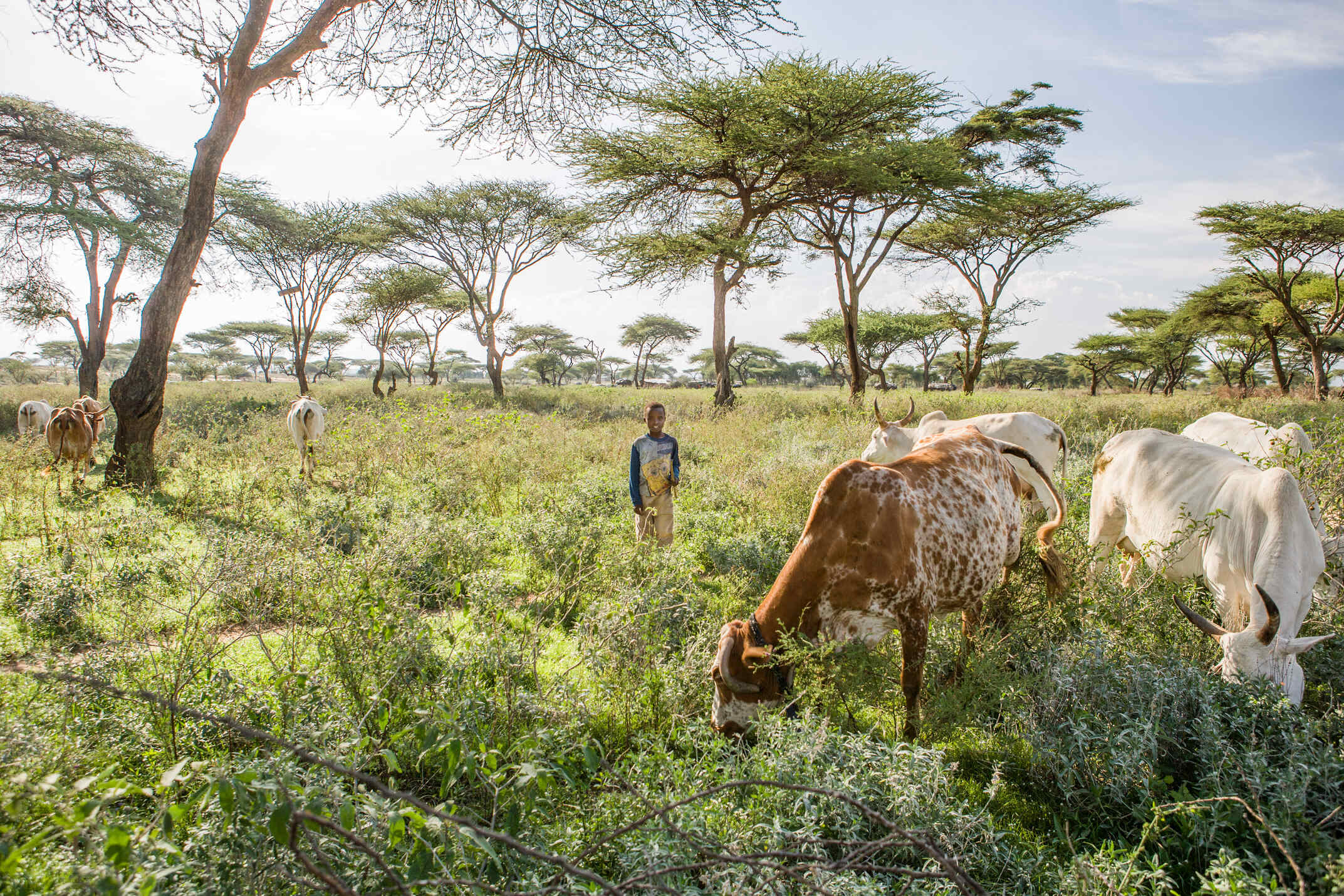About
Planet on the Move is a publication from the IUCN CEESP Task Force on Migration, Environmental Change and Conflict.
The Task Force is a collaborative space for migration-linked practitioners across multiple global agencies, NGOs, conservation practitioners and academics. The initiative was started in 2019 at the first Environmental Peacebuilding Conference in Irvine, California.
The report is a discussion document with a call to action. Its goal is to stimulate thinking, policy, and funding for innovative programs and solutions around the expected increases in both human and wild species migration and displacement in light of environmental change and conflict. The report identifies a number of solutions and approaches available to actors in how they might perceive and frame migration events. The report aims to bring together multiple disciplines and stakeholders that have a bearing on migration, conservation, development, humanitarian support, law and policy, conflict-sensitive approaches and environmental peacebuilding. Its primary target audience includes conservation actors, policy-makers and donors.


